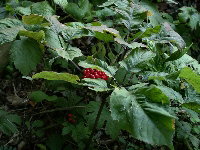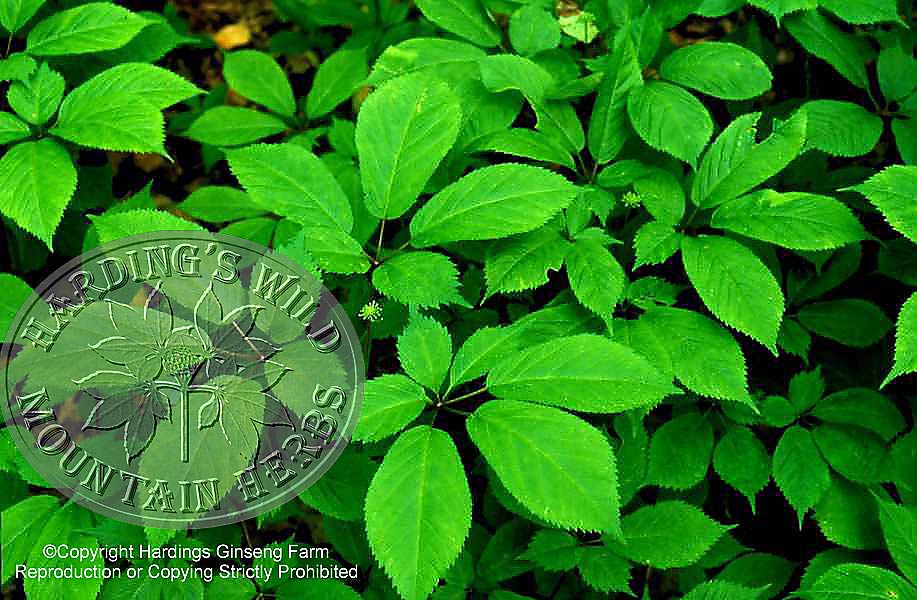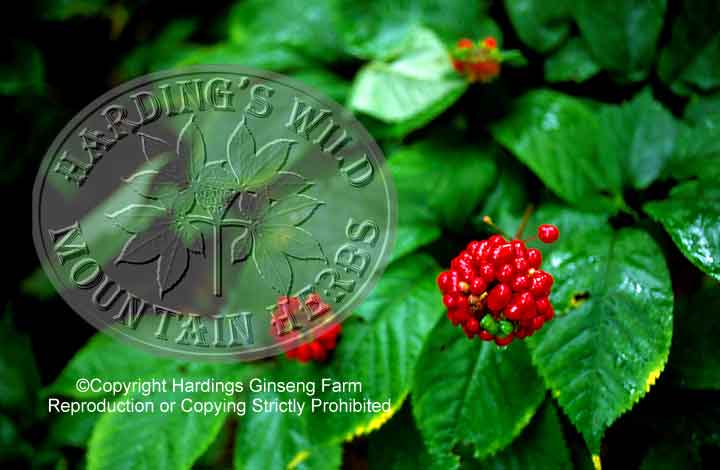Interactions
Ginseng exhibits a mutualistic relationship (a relationship where two organisms live with each other and benefit from each other) with certain bacteria such as Bacillus megaterium, Micrococcus luteus, B. cereus, Aspergillus fumigatus, and Lysinibacillus fusiformis. These bacteria are known to promote the growth of Ginseng. The bacteria live inside the tissues and roots where they help it suck up water and nutrients from the dirt. These bacteria are hence known as endophytic bacteria since they live within the bacteria. The bacteria help Ginseng to fix nitrogen as well while the bacteria get nutrients and shelter in return. It is found that these bacteria and plants do better with the bacteria being inside the plant rather than living outside it (18).
They also have a mutualistic relationship with fungi. The Fungi are located inside
the roots of Ginseng and extend their hyphae throughout the
surrounding soil which absorbs the nutrients. There have also
been fungi that kill Ginseng including the Garlic Mustard fungi
(20).
Photo By Eric Burkhart
Ginseng
provides food for humans and animals even though the primary use is to be used as a tonic for humans. A tonic is a relaxant.
It helps people feel well, relax, and increase immunity against
cancers during treatments, colds, high blood pressure, and diabetes
(13). Ginseng contains ginsenosides which are the chemicals produced
in Ginseng responsible for the calming affects. These affect the
hypothalamus (The part of the brain that moniters hormone levels,
blood pressure, water balance, blood sugar, and other physiological
parameters), pituitary glands (controls metabolism, body
temperature, appetite, and water balance), and adrenal glands (which
controls stress) in the human body. All of these glands work
together and are affected as a whole by Ginseng. The Ginseng makes
the adrenal glands release stress hormones so the person has a
higher stress hormone level than someone who has not taken it. Then
the body is able to react faster and easier when the environment
induces stress (1). Research has proven that
Ginseng affects the
hypothalamus which then affects the pituitary glands and adrenal
glands in one motion (16).



